Any special occasion and Biryani is on the menu for Indians. To be honest, I think it’s on the table whether occasion or not. Ask any Indian for an iconic dish and they would suggest Biryani. The theory states that the word Biryani came from the Persian word ‘birinj’ meaning rice. Another one says it originated from the Persian word ‘biryan’ which means ‘fried before cooking’.
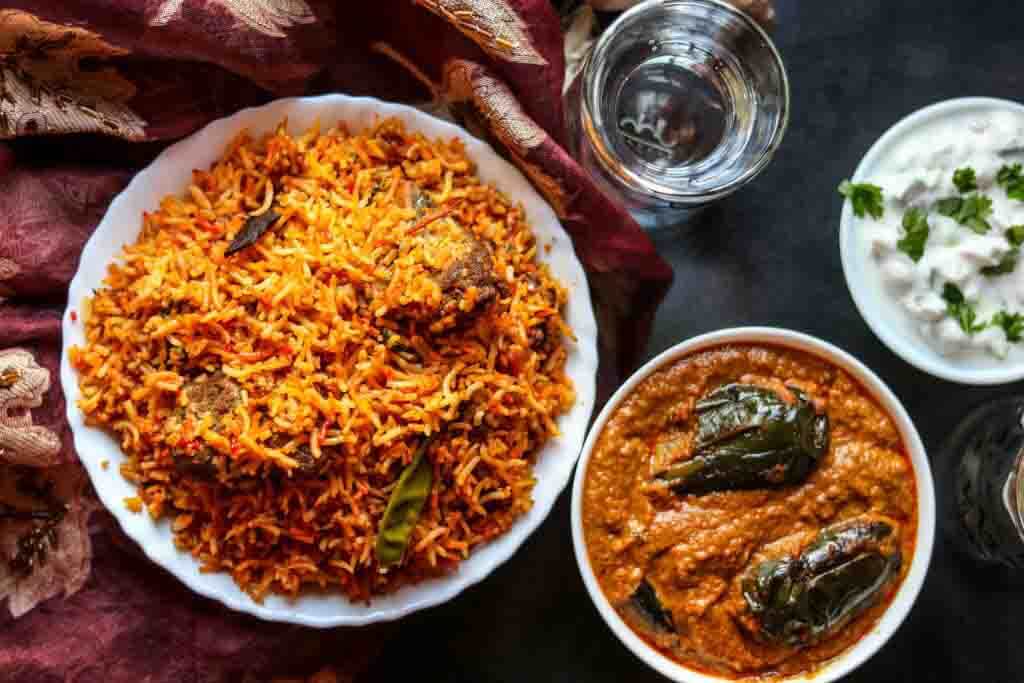
According to historic records, biryani has its origins in the kitchens of Mughals and is a combination of the Persian pilaf and also inspired by some Indian spicy rice dishes. Another interesting story tells us that when Mumtaz Mahal, wife of Shah Jahan saw that the army barracks were undernourished, she ordered the cooks to prepare a nutritious balanced dish for them and hence, biryani was made.
On the other hand, the author Pratibha Karan, who wrote the book titled Biryani, believes that this dish originated in South India. She says that being derived from pilaf varieties, it was brought to the Indian subcontinent by the Arab traders.
She also postulates that pulao was an army dish in medieval India and the armies would eat pulao as it was an easy one-pot meal. This meal later got modified into “Biryani” through different cooking methods and different spices.
No matter what history says, Biryani is an age-old dish that has come down through the generations and is here to stay for even longer!
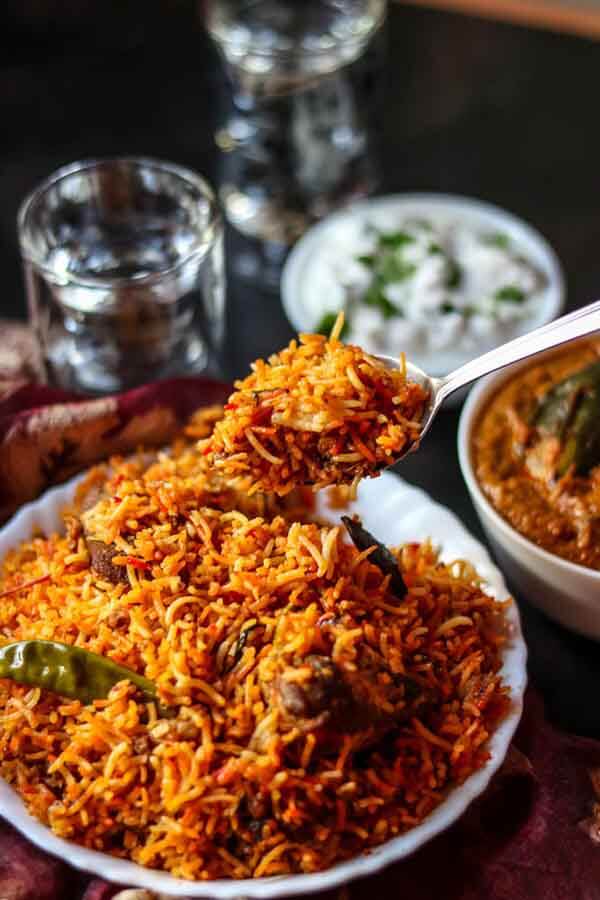
A simple way to prepare biryani is to have a base of onions and tomatoes, spices that will add flavoring, a source of protein, and the major ingredient – rice. Currently, this Indian dish has many varieties. The most famous ones are Hyderabadi Dum Biryani, Sindhi Biryani, Thalessery Biryani, Ambur Biryani, Kolkata Biryani, Kacchi Biryani, Tehari, and many others.
Our pick of the day is the Mutton Biryani prepared in South India. Particularly a state called Tamil Nadu. The Mutton Biryani is well known as Muslim Mutton Biryani as this version came from Muslim houses and is served during their occasions and weddings.
Biryani is a huge part of the culture there and you will find many shops selling this dish with their own variations. For an easy way to prepare easy Muslim Mutton Biryani at home, find our recipe on You Cook, I Eat.
About Authors Sarah and Safiyah
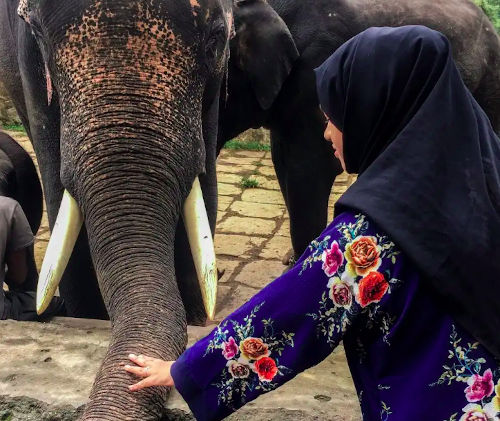
You Cook, I Eat is a joint venture by two sisters – one loves to cook, while the other loves tasting and documenting it! Being third culture kids, Sarah and Safiyah have decided to compile their traditional family recipes belonging to the South Indian state of Tamil Nadu to inspire young cooks to remember tradition and try some delicious and unique recipes. Follow them to know all about Indian recipes, cooking tips and tricks, and hacks to use around a kitchen. Also, find their YouTube channel here for delicious videos!
Other Posts you may be interested in
- About Canada’s Popular Alberta Beef Steak
- Need to know about Belgian Waffles
- About Pad Thai, The National Dish Of Thailand
- About Spanakopita, The Greek Spinach Pie
- About The Dosa, An Iconic Indian Dish
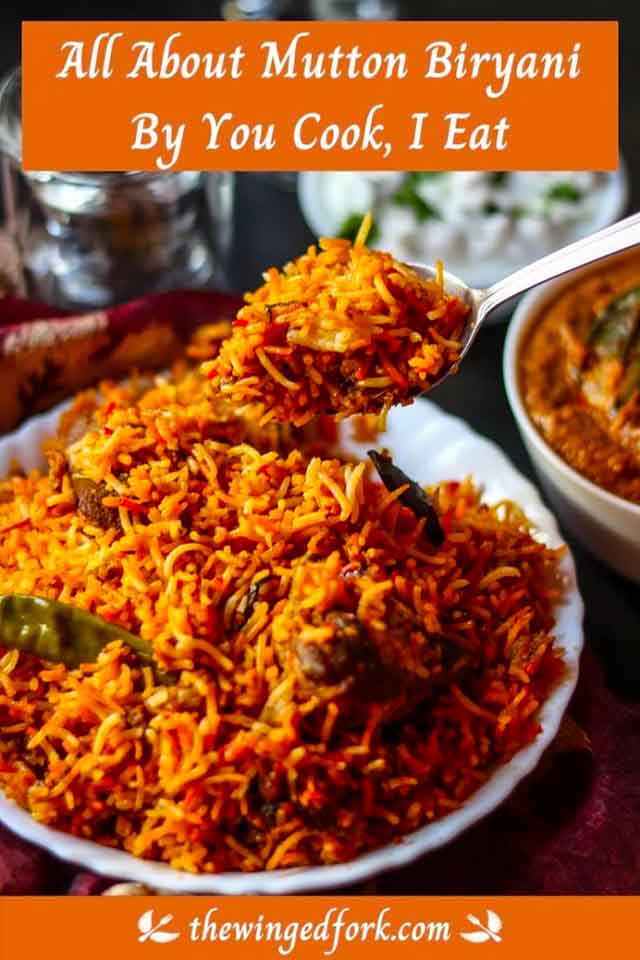

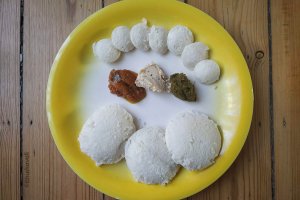




This post about mutton biryani is really very great. Thank you so much for sharing this information. I really did not know anything about this.
Hey, I read your article and your information about mutton biryani is amazing. it is so much helpful for me. Thank you so much:)